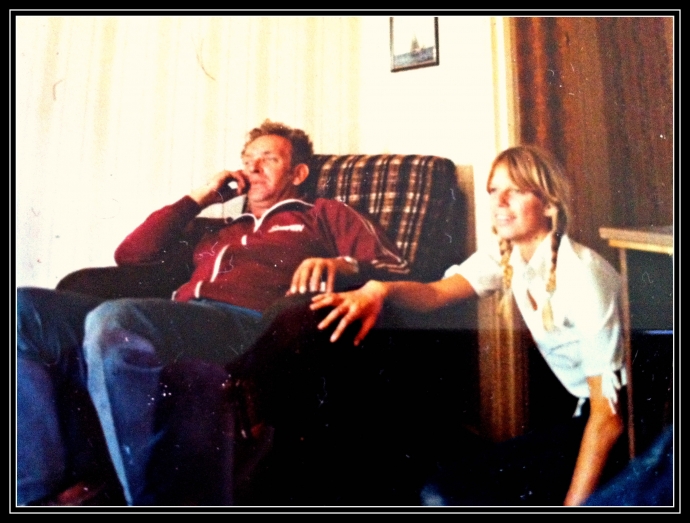As my father lay in a hospital bed wearing a paper-thin yellow gown, his body still warm, I asked my mother if I could use her nail scissors to cut some of his hair.
When we left him in the pale yellow room, I had no idea how comforting it would be to take a piece of him with us.
Yellow became the colour of death as I walked the long hospital corridor clutching an envelope filled with strands of Dad’s grey curls.
A year later, when my mother didn’t invite me to the spreading of his ashes into the southern ocean where he spent a large part of his life sailing, I was relieved to have his hair.
It became my mission to cast his curls into the north, west, south and east oceans of Australia.
First there was the ferry boat out of Darwin where I threw his hair into the warm Timor Sea.
Next was sailing through the Heads on the James Craig clipper where more strands were dropped into the Pacific Ocean.
My father never wanted a grave and a headstone we would feel obliged to tend.
And while a funeral has its own framework dictated by tradition and funeral directors, what to do with the ashes is a personal and sometimes painful decision.
Writer Hunter S. Thompson went out with a bang when his ashes were mixed with fireworks and shot from a high tower.
Then there is Fredric Baur, the man who dreamed up the original Pringles can. Now he’s buried in one.
Joanna (name changed) has amore complicated story.
Earlier this year, her 60 year old father committed suicide. His goodbye note was left in a lunchbox in the boot of his car requesting his ashes be spread among a circle of trees in the state forest where he took his life.
“I can’t bring myself to ever go back there. Just can’t do it. I don’t ever want to go back there again,” Joanna said.
The ashes of her father sit in a quiet cupboard until she can face the task of disposing of them.
The Grattan Institute recently released a Dying Well report about baby boomers growing old predicting that in the next 25 years the number of Australians who die each year will double.
That is a lot of ashes, a lot of decisions and possibly more heartbreak for those grieving.
Yet ritual is a powerful memory maker. It can help us heal and help us let go.
First published in The Daily Telegraph Oct 3 2014





